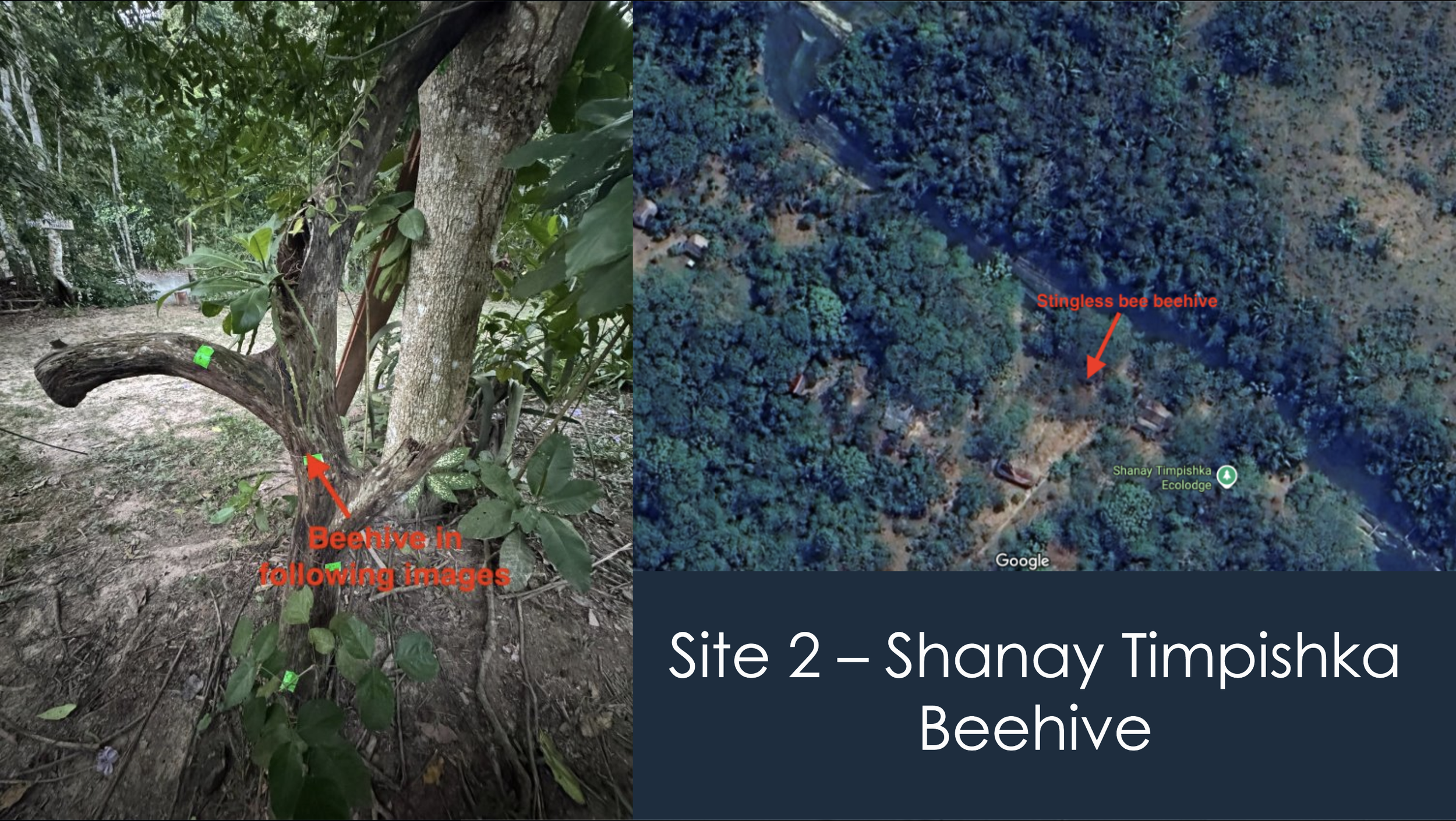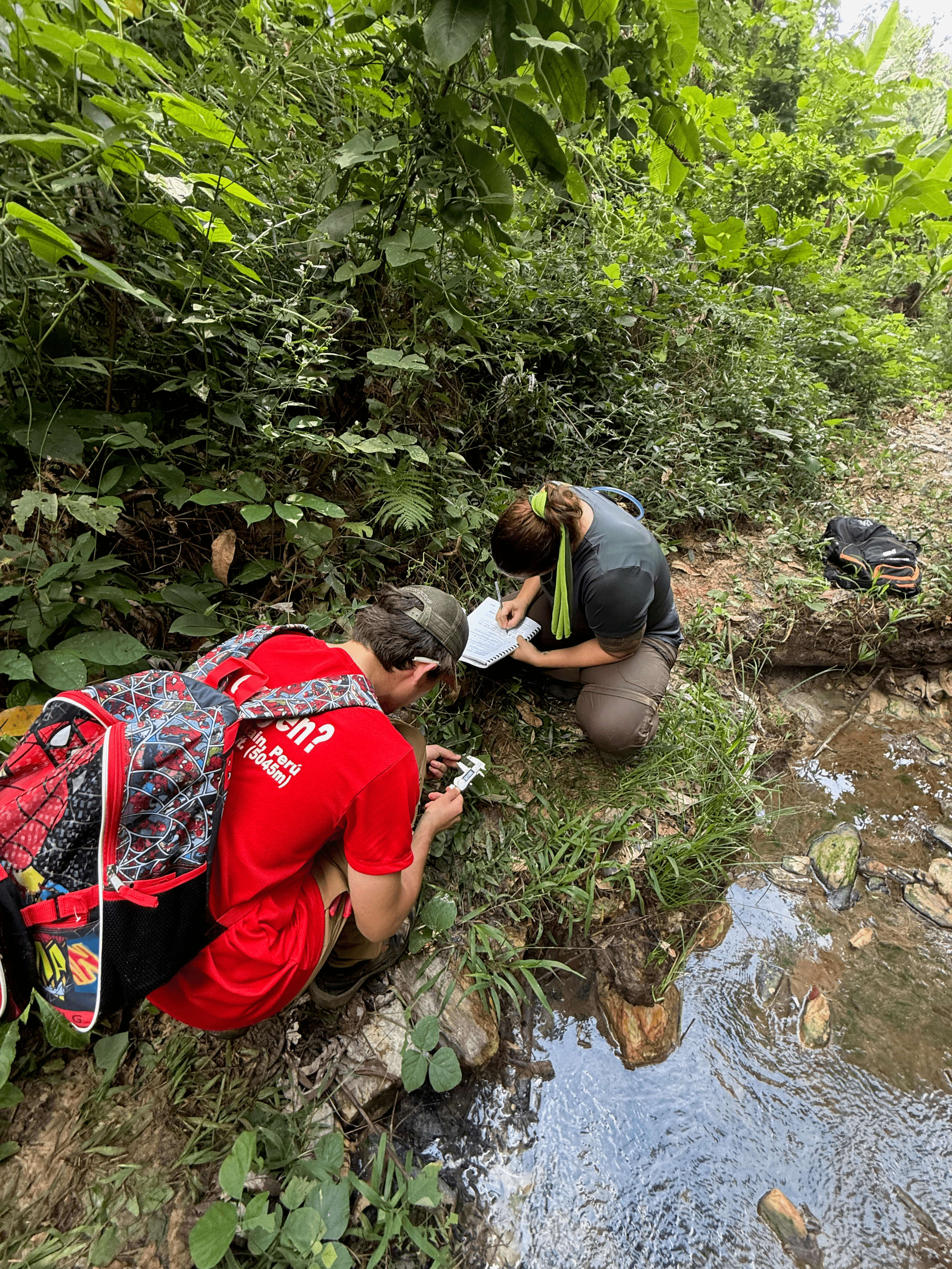
The Boiling River Project
2025 Field Expedition
The Boiling River Project
According to their website, “The Boiling River Project is a nonprofit founded by Andrés Ruzo to protect the Boiling River of the Amazon through scientific research and educational initiatives.” Currently pursuing his PhD in geothermal physics at Southern Methodist University, Andrés leads a two-week expedition to the Boiling River every year, which is composed of ~40 world class researchers, educators, professionals, and indigenous activists. I participated as one of three high school research interns, who Andrés personally selects from a national pool of applicants.
This year’s expedition was designated a Rolex Watch Expedition, an Explorers Club Flag Expedition (we carried Flag 114), and the inaugural expedition for the new Explorers Club Teacher Fellowship. Rolex Watch Expeditions have included the first successful ascent of Mount Everest in 1954 and the first successful dive to the Marianas Trench in 1960, and the most recent Explorers Club Flag Expedition with Flag 114 was Colossal Biosciences de-extinction of dire wolves.
On this page, I outline my contributions to 2025 field season as a high school senior research intern.
1. Microscopy
The microscopy team, composed of Alex Tang and myself, investigated how the Boiling River influences life at microscopic and macroscopic scales. Collaborating with the biodiversity, bee, and rocks & minerals teams, we imaged 12 samples of water, algae, larvae, and insects collected from four key sites along the Boiling River. Focus was given to documenting aquatic fauna at the Shanay Timpishka site and algae responsible for carbonate deposition at the Mayantuyacu site. Using a portable microscope system (uHandy Hi-Mag Pro Lens and uHandy Low-Mag Lens, attached to an iPhone 16 Pro), we produced a visual catalog of microfauna and mineral-associated algae that will support ongoing biodiversity and geochemical studies.
Example photos from the four sites.
Brittany's team consisted of myself, Adel Kamarehei, Johnathan Fallas, and Alex Tang. I worked with her team at the sulfur plaza and Mayantuyacu sites. She also took samples from a cold stream at the Shanay Timpishka site and along the Boiling River at the Shanay Timpishka site.
We characterized biofluorescent plants by gathering the following data:
Height of the leaf above the ground
Distance to the nearest water source
Moisture and pH of the soil
% of foliage cover
Length and width of the leaf
Physical characteristics of the plant (thorny vs. smooth, leaf type and shape, etc.)
Photo of the leaf biofluorescing
We then took a leaf and part of the stem and placed them in a standard envelope with a packet of silica beads. The envelopes were labelled and stored for later analysis of their biofluorescent properties.
2. Biofluorescence
This study investigates biofluorescent plants within the geothermal ecosystem of the Boiling River in Peru, an extreme environment defined by high water temperatures, shifting mineral levels, and unique ecological conditions. While past surveys have documented fungi, amphibians, and other organisms, little research has examined whether species here exhibit biofluorescence—the absorption of light at one wavelength and its re-emission at another. Biofluorescence may aid communication, predator avoidance, or stress responses. Studying it in this river could reveal how organisms adapt to extreme habitats, expand knowledge of freshwater fluorescence, and support plant identification or medicinal discoveries. (Roop, B., 2025 [Manuscript in preparation])
Image of me and Brittany gathering data.
3. Rights of Nature
I wrote a report on the international precedence for rivers being granted rights of nature, the key reasons for those cases’ success, and my analysis of the effectiveness of pursuing personhood status as the best means of protecting the Boiling River. Attached here is an excerpt from my end-of-summer internship report that contains my summarized research on the rights of nature subproject.









